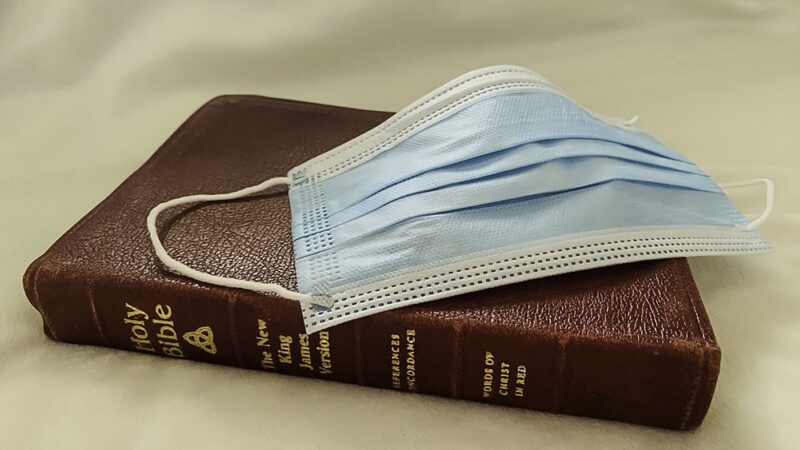How a Bill Becomes an Idaho Law

While you can still be effective in communicating about an issue even if you aren’t certain of the legislative process having an clear understanding of the system can help boost confidence. When you know the system you can become a citizen advocate and participate in the legislative process.
- an individual
- a group, agency or organization
- a legislator or group of legislators
* After the 20th day of the session in the House and the 12th day in the Senate, bills may be introduced only by committee. After the 35th day bills may be introduced only by certain committees. In the House: State Affairs, Appropriations, Education, Revenue and Taxation, and Ways and Means Committee. In the Senate: State Affairs, Finance, and Judiciary and Rules.
NEIGH. If the committee does not agree or takes no action, the draft legislation dies in committee.
The original bill is given to the Chief Clerk who assigns the bill a number
At this point, the bill text is available to the public. You can find access to the bill text here
Reports of Standing Committees
ACTION ALERT: Ready for Public education, expert testimony and statements from interested party. *Its at this time Health Freedom Idaho will issue action alerts and recommend members
Each committee to which a bill is referred conducts a study of all information that may help the committee determine the scope and effect of the proposed law. Studies may include research, hearings, expert testimony, and statements of interested parties. Often time ‘action alerts’ are generated at this time to help
This is when it is essential that citizens help educate legislators in committees about impacts to families and communities regarding proposed legislation.
A bill may be reported out of committee with one of the following recommendations:
- Do pass.
- Without recommendation.
- To be placed on General Orders for Amendment.
- Do not pass. (Bills are seldom released from committee with this recommendation.)
- Withdrawn with the privilege of introducing another bill.
- Referred to another standing committee.
If a committee reports a bill out and does not recommend that the bill be amended or other action to keep it from going to the floor, the bill is then placed on second reading.
Many bills are not reported out by committees and “die in committee.” Special rules of the House apply when the committee does not desire to report out a bill for consideration by the entire House.
Third Reading
Ready for Floor Debate
The Clerk is required to read the entire bill section by section when it is on the Order of Business, “Third Reading of Bills.” It is normal procedure, however, for the members to dispense with this reading at length.
It is at third reading that the bill is ready for debate and the final vote on passage of the bill is taken. Each bill is sponsored by a member who is known as the “floor sponsor” and who opens and closes debate in favor of passage of the bill. After debate has closed, House members vote on the electronic voting machine. Each member present can cast either an “aye” or “nay” vote. A bill is passed by a majority of those present.
If a bill fails to pass, it is filed by the Chief Clerk. If the bill is passed, it is transmitted to the Senate where it goes through a similar process.
Governor’s Action
After receiving a bill passed by both the House and Senate, the Governor may:
- Approve the bill by signing it within five days after its receipt (except Sundays), or within ten days after the Legislature adjourns at the end of the session (“sine die”).
- Allow the bill to become law without his approval by not signing it within the five days allowed.
- Disapprove (veto) the bill within five days and return it to the house of origin giving his reason for disapproval, or within ten days after the Legislature adjourns “sine die.”
A bill may become law over the Governor’s veto if both houses vote to override the veto by a two-thirds majority vote of the members present in each house.






